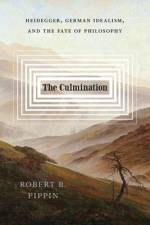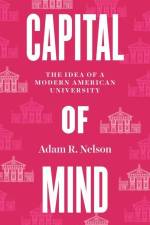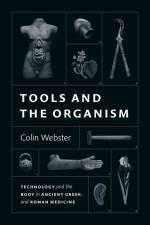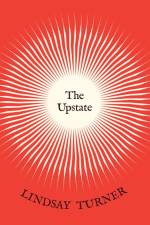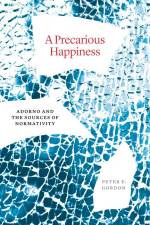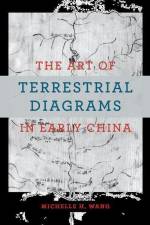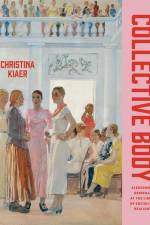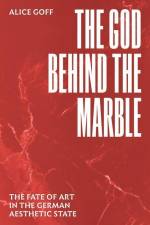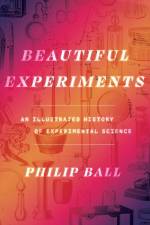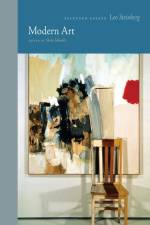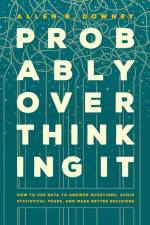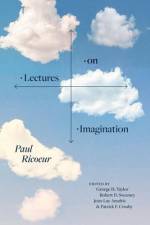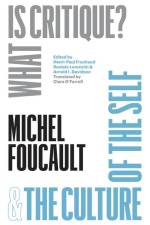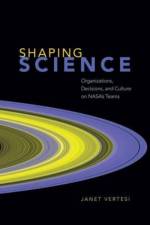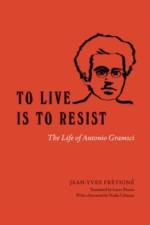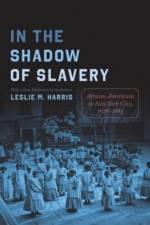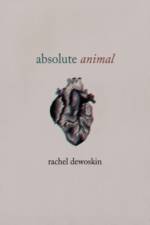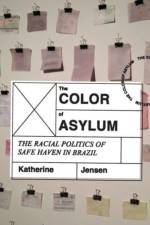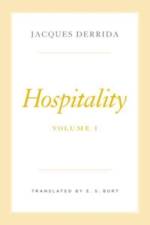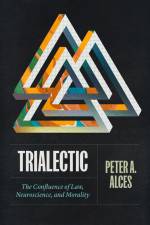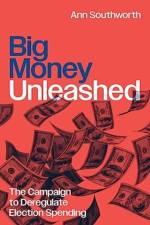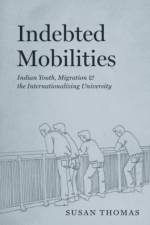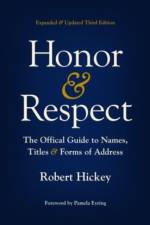av Professor Rachel DeWoskin
259,-
"In absolute animal, Rachel DeWoskin ponders the big questions: our fragile mortality, the passage of time, the mutability of memory. Conceived in the shadow of the pandemic, with death, loss, and absent family and friends surfacing throughout, the poems nonetheless cling fiercely to life, tenaciously finding a way forward, managing to exist in the details of everyday necessity. The poems "live," as it were, in an extraordinary "now," a kind of eternal present that lyric poetry can afford, resisting the impulse to succumb to human frailty and the inevitable conclusion of life-despite the devastation of COVID-19. The poems shuttle deftly between recognizable and experimental forms, even as they tack thematically between some of the most pressing issues of our time: the secret lives of (other) animals that share our planet, women's rights/bodies, and the hubris of our species as we mismanage the planet and ourselves. The poems artfully balance the way COVID has dramatically, irrevocably altered the way we go about our days and relationships, and the need for resiliency to sustain ourselves and our loved ones. The book ends where it begins, with the poet's contemplating geological time, how vastly differently certain creatures and scales measure and mark time's duration and passing: from the amount of time it takes for an oyster to produce a pearl, for example, a kind of self-contained eternity in itself (as in the last poem in the collection), to the glacial pace of the poem "anthrosphere," depicting the unhurried, natural world around us that opens the book. The poet-and her family, friends, and acquaintances, and, by extension, her species-are but a blink of the earth's eye, a mere blip in the vast stretches of cosmic time, an eternity"--

